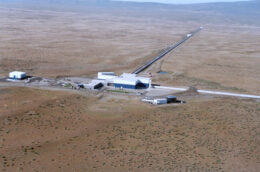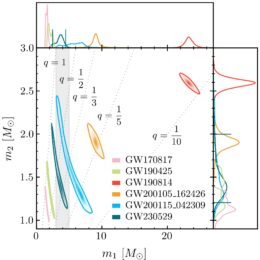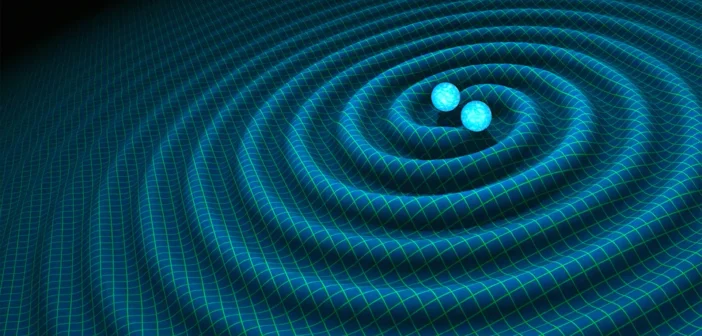In May of last year, an international collaboration of astronomers and physicists switched on a set of detectors and began the most intensive search for gravitational waves ever attempted. They did not have to wait long for a new discovery that challenges our understanding of the extreme universe: just days into their campaign, the scientists caught the signal from the smallest black hole ever detected by their observatories, one that is so light it couldn’t have formed according to our typical models. After a year of analysis, the scores of scientists involved in this remarkable find have just published their work in The Astrophysical Journal Letters.
How To Warp Spacetime
Although gravitational waves, or ripples in spacetime caused by collisions between massive objects, have permeated the universe since its very beginning, scientists have only been able to directly measure them since 2015. Since then, we’ve learned much about these waves and the objects that source them, and we’ve built up a pretty clear picture of what it takes to wrinkle space itself.

A gravitational wave detector. Ripples in spacetime cause the two arms to change lengths by tiny amounts, and scientists detect passing waves by carefully measuring these distortions. [Caltech/MIT/LIGO Lab]
Neutron stars, as best we understand from theoretical models and observations taken with radio and X-ray telescopes, can weigh up to about 3 times the mass of the Sun and are formed when a large star explodes. Black holes, on the other hand, are typically heavier. They weigh more than 5 times the mass of the Sun, and they’re thought to form when a large star collapses in on itself.
Putting these two facts together, it’d be very strange to identify an object that’s between 3 and 5 solar masses: anything in that gap would be too heavy to be a neutron star, but too light to be a black hole. And yet, that’s exactly what the international collaboration found: the collision between a 1.4-solar-mass neutron star and a 3.6-solar-mass black hole, making the latter an inhabitant of the so-called “mass gap.”
A Rule-Breaking Merger

The inferred masses of each component of a handful of gravitational wave mergers. The “mass gap” is marked in light grey, and the likely mass of the primary component of this event, GW230529, lies nearly entirely within it. [A. G. Abac et al 2024]
In the end, the event passed all of their tests. The wave was detected by three independent analysis pipelines, and although the choices that go into modeling the collision can affect the inferred mass, most reasonable options all point to the same conclusion: the observed gravitational wave really does seem to have come from an impossibly light black hole and its merger with a typical neutron star. This proof-by-contradiction that small black holes exist implies that there are probably plenty of them, which happily means we can look forward to additional head-scratching detections of similar pairs in the future.
Citation
“Observation of Gravitational Waves from the Coalescence of a 2.5–4.5 M⊙ Compact Object and a Neutron Star,” A. G. Abac et al 2024 ApJL 970 L34. doi:10.3847/2041-8213/ad5beb
